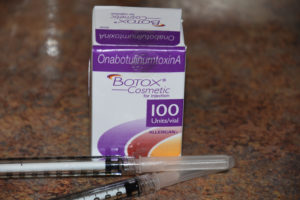
The company says it will plead guilty to a misdemeanor charge known as misbranding. This charge is based on claims that the company deliberately marketed to doctors on the use of Botox for non-FDA approved uses starting in 2000. Such unapproved uses included the treatment of headache, muscle pain, spasticity and cerebral palsy. It will cost the company $375 million in connection with that plea and an additional $225 million in civil fines related to the investigation, although the company denies any liability in that regard.
While this is a whopping fine for sure, it is well in line with such plea agreements that have been metered out against other major drug manufacturers in recent years. There is some supposition, probably for good reason, that the company agreed to settle as it is awaiting FDA approval for the treatment of migraines which is reported to be worth $1 billion in sales annually.
As a plastic surgeon and provider of Botox treatments, do I think the company did anything wrong? At the patient care level, I would have had no indication that these alleged practices were ongoing as there were never apparent to me. I suspect that the company got overenthusiastic and even greedy as a monopolistic provider of this type of drug. It has never had any competition until just last year. The FDA has rules for marketing and the company obviously transgressed them.
But the reality is Botox is one of the most used drugs when it comes to off-label or unapproved uses. While it is not magic pixie dust, it has been shown to be useful for a wide variety of neuromuscular uses. I regularly use it in the treatment of migraines, masseteric hypertrophy and myofascial facial pain, all with significant relief and results. The ‘problem’ is that Botox appears to be good for a lot of difficult medical conditions. Because it works it becomes highly used for non-FDA approved indications. As a physician that is within my province to make that judgment. The company, however, does not have that leeway as it is not in the business of practicing medicine.
Some patients will undoubtably wonder if this massive fine means the product is tainted or unsafe. There is nothing wrong with Botox as a drug. It remains safe and effective and freely available for clinical use. This fine is in response to the legalities of marketing, not as a response to how it works or is manufactured.
Dr. Barry Eppley
Indianapolis, Indiana


